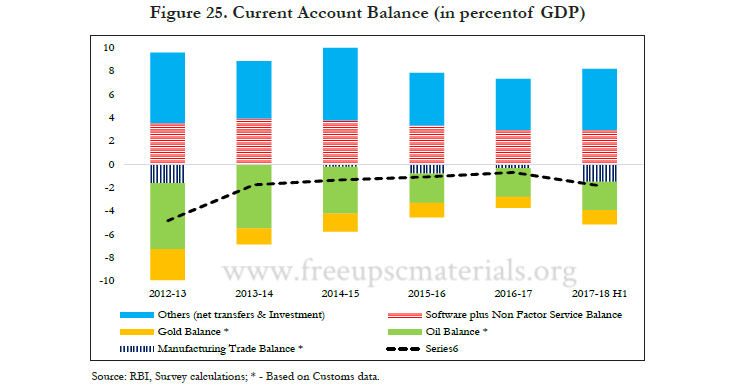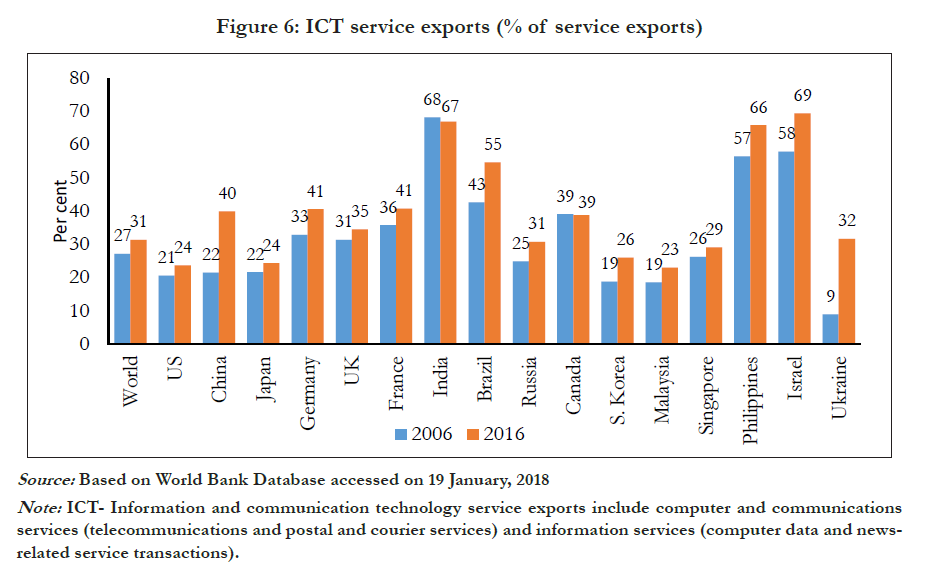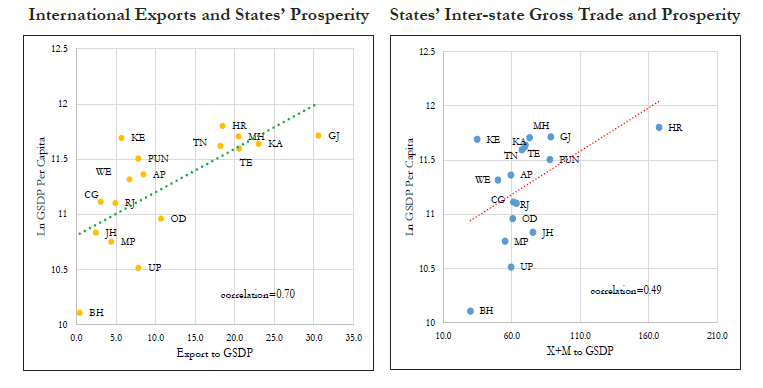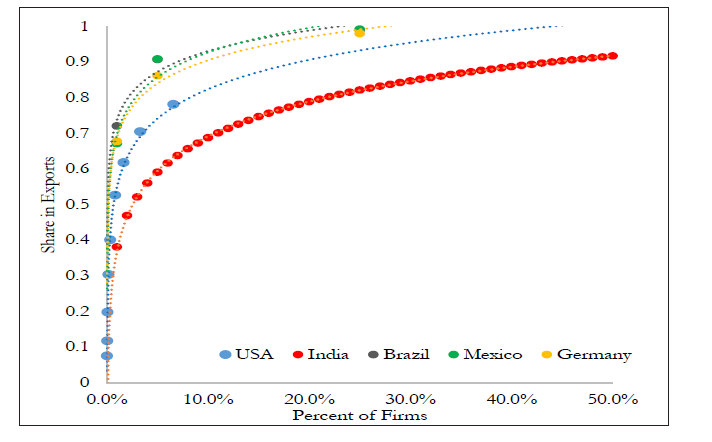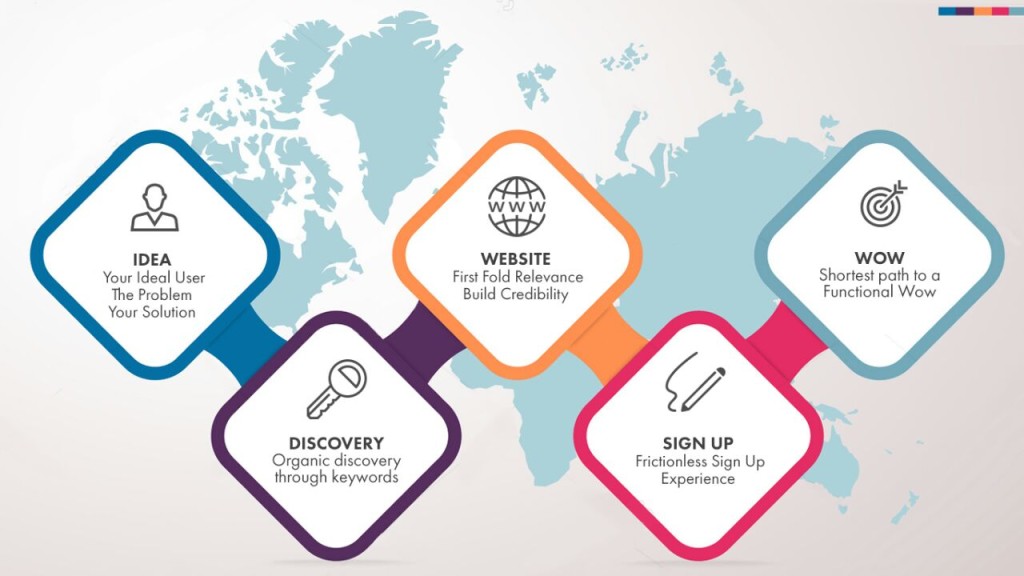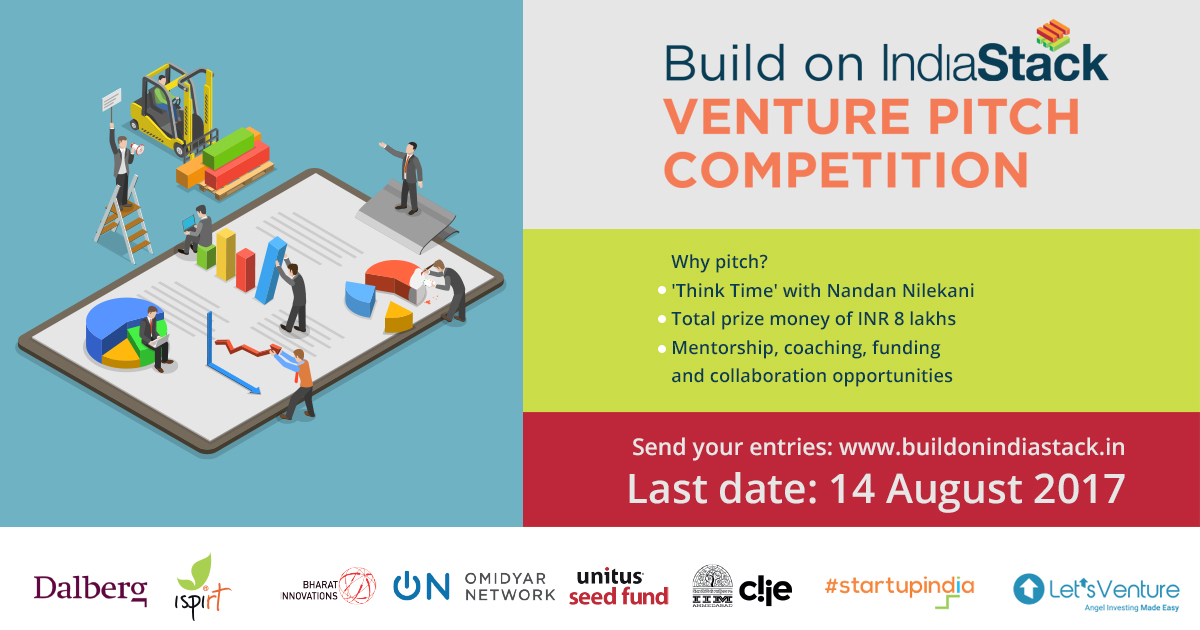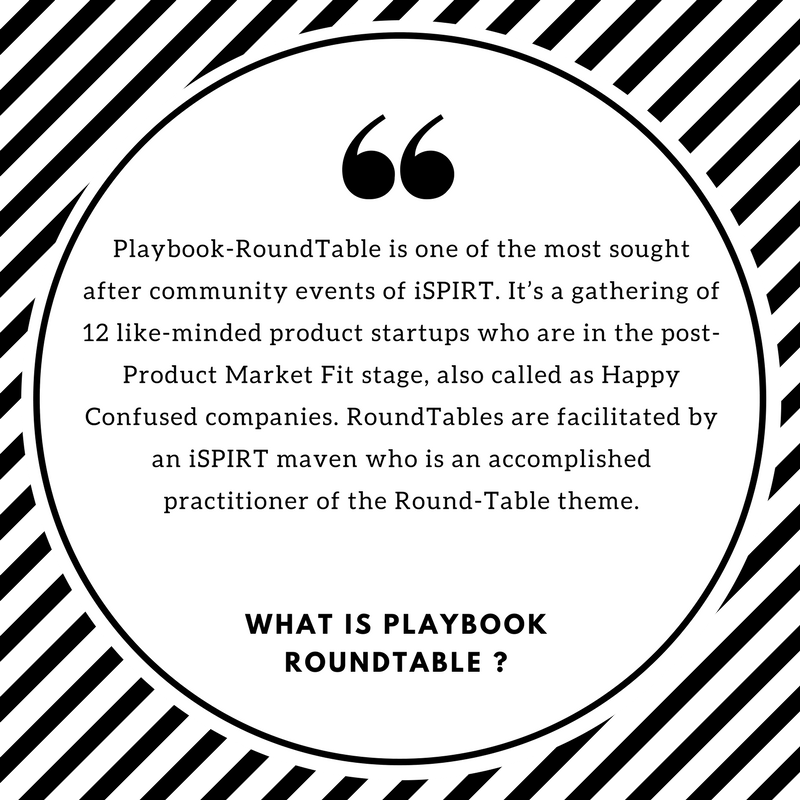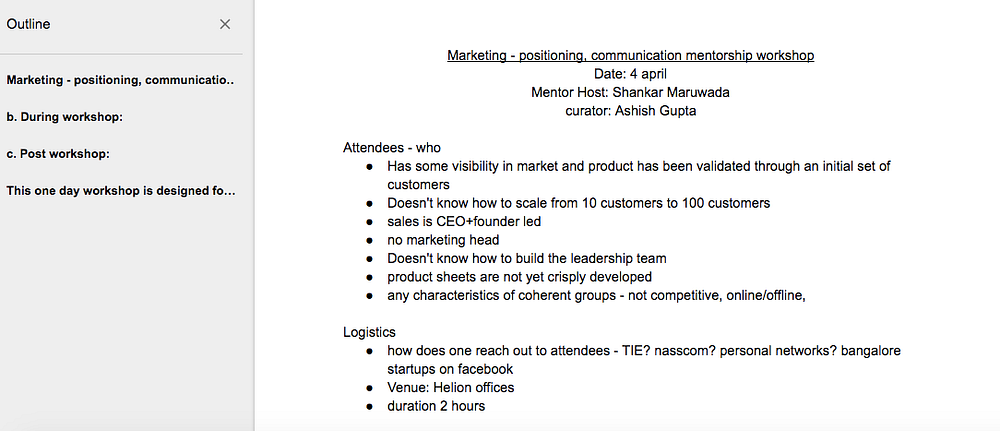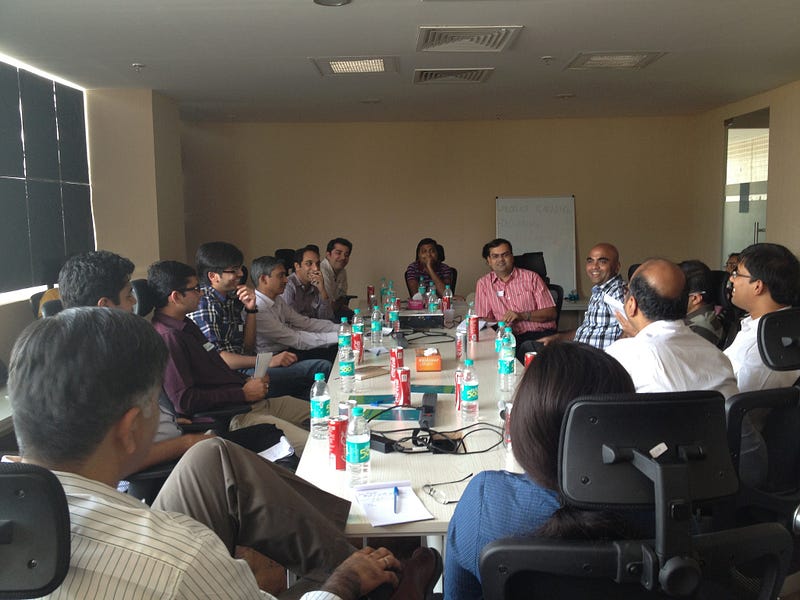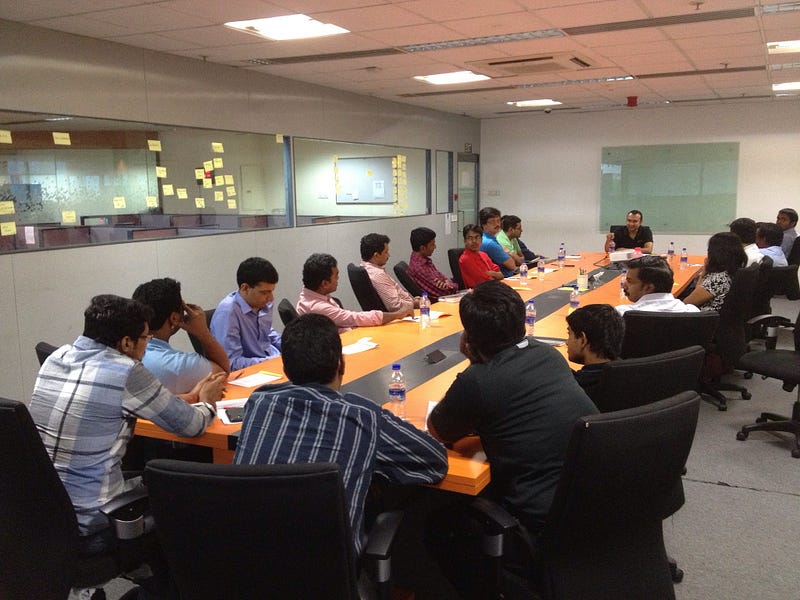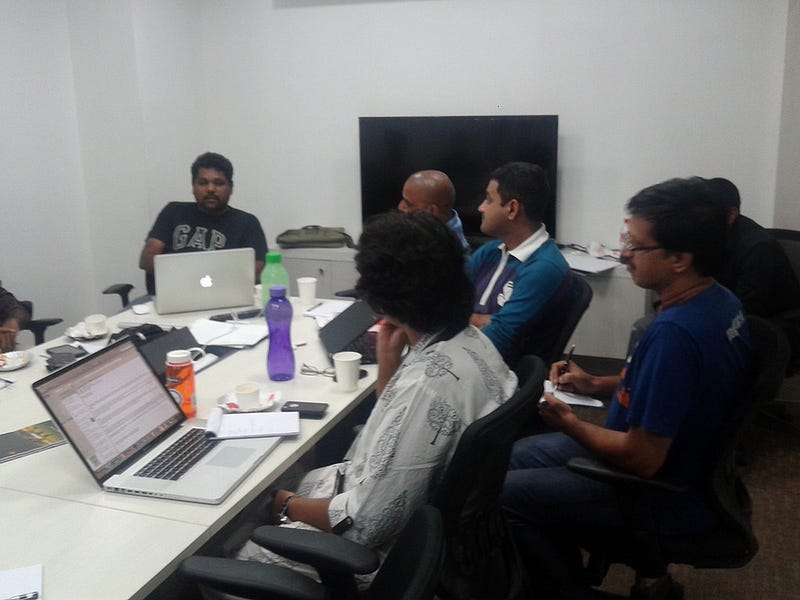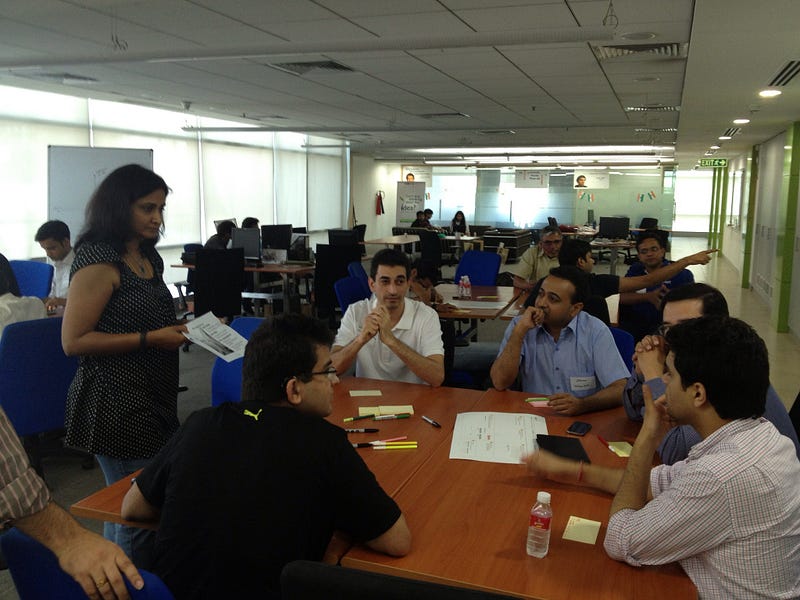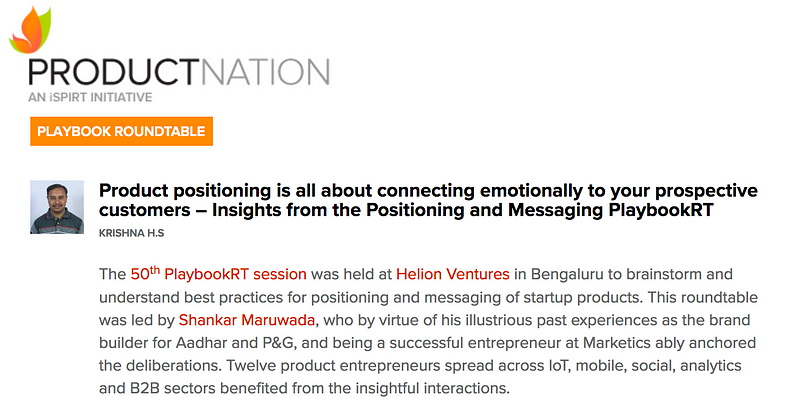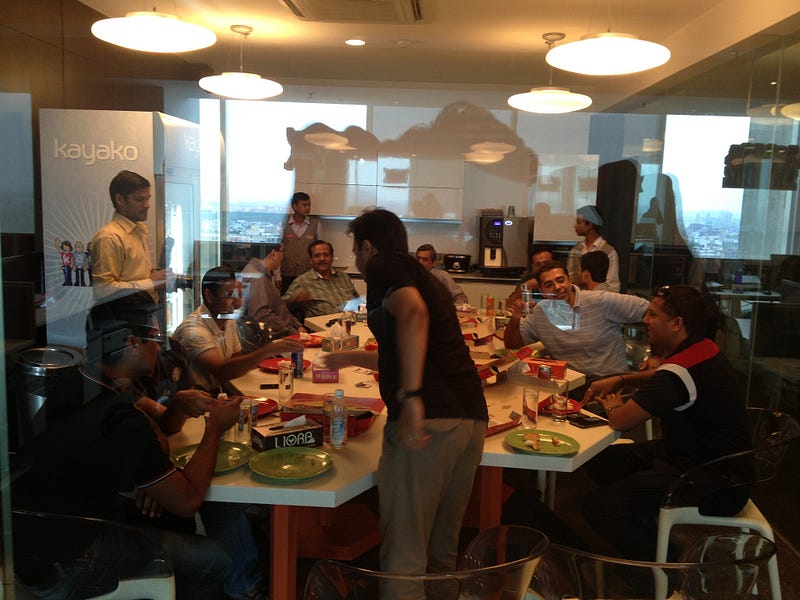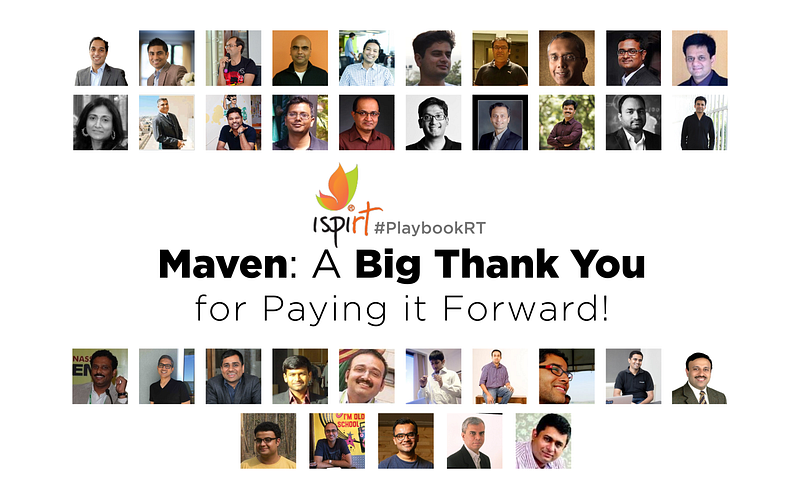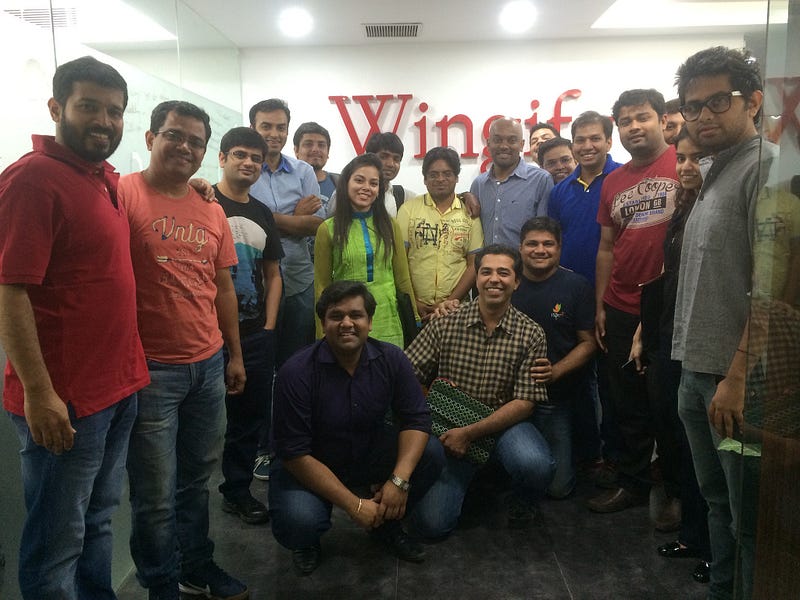“I propose a series of measures to deter the generation and use of unaccounted money. To this end, I propose:
Increasing the onus of proof on closely held companies for funds received from shareholders as well as taxing share premium in excess of fair market value.”
When ex-Finance Minister Pranab Mukherjee introduced angel tax in 2012, it created an uproar in the fledgeling startup and angel investor community. While the purpose of this section was to reduce money laundering by imposing the hefty tax rate of 30.9 percent, it had several inadvertent consequences.
There were several cases of money laundering by Jaganmohan Reddy that were caught by the Enforcement Directorate, who revealed that people had “paid bribes to Reddy in the form of investments at exorbitant premiums in his various companies to the tune of Rs 779.50 crores apart from making payment of Rs 57 crores to him in the guise of secondary purchase of shares and donation of Rs 7 crores to the YSR Foundation”.
To prevent such abuses of the law, the government clamped down and stated that any unjustified share premium given by a private company would be taxed as income in their hands. But to catch one culprit, they threw the book at many innocents. The relevant law known as section 56(2)(viib) of the Income Tax Act came to be known as the angel tax section. Many startups which are private companies and had issued shares at a premium to angel investors ended up facing notices from the tax authorities under this section. This premium is treated as income in their hands, classified as “income from other sources” and taxed at the maximum marginal rate of tax.
The ‘Startup India’ initiative changed all that. Under the stewardship of the Honourable Prime Minister, startups became a focus area. As per the ten points in the Action Plan, if a startup was registered post- April 1, 2016, then the angel tax was not applicable to the startups. The move had helped startups operating in that area, but a problem still existed for startups that were incorporated before 2016. In fact, in December 2017, many startups received notices and orders for the Financial Year 2013-14. A few entrepreneurs who faced income tax notice hassles launched an e-petition called Change.org in January 2018 so that the government could take some concrete action in Budget 2018.
iSPIRT has taken up the matter with MoF and DIPP on the same. We had made some representations to MoF specifically before the budget. In the budget, the Finance Minister made a statement on continued assistance to the Angel Ecosystem. Due to rigorous efforts that went into sharing of information by these startups, we have recently seen MoF making the welcome announcement.
As per the latest announcement, angel tax would not be applicable on startups which are incorporated before 2016, fulfil the criteria under Startup India Policy and have been granted angel funding up to Rs10 crores. It is believed that at least 300 startups will get a breather from angel tax. The government is also likely to establish a separate committee for the recognition of startups that meet these criteria.
In a further relief to startups, the Finance Secretary Hasmukh Adhia also announced that income tax officers would not take precipitate action and will proceed only after the first set of appeals decided in appellate cases. The exact phrase they used was “no coercive action”, which helped many startups heave a collective sigh of relief. All pending appeals by March 31, 2018, will be quickly addressed.
If you are a startup and need further guidance on angel tax, you should follow the steps below:
- Register at DIPP for a startup even if you were incorporated before 2016 and currently are still a startup as defined by DIPP by logging onto this site and filling up the form at https://www.startupindia.gov.in/registration.php.
- If you are a startup as per DIPP definition, then get your DIPP certification. All startups which may have raised funding post-April 2016 and are registered with DIPP will not have angel tax applicable to them.
- If you are a startup which has received income tax notices for years before 2016 and is still eligible to register as a startup, then please register yourself with DIPP. You can share the registration certificate and relevant notifications with the assessing income tax officer to get an exemption from angel tax.
- If you are a startup which has received income tax notices for years after 2016, then please repeat step 2 mentioned above and then appeal against the order. It is important that due process is followed so that the redressal measures taken by the tax authorities can come into effect.
These startups do not have to pay 20% of the tax order at the time of appeal as this has been a one-time exception granted till 31st March 2018 to avoid hurting the sentiments of the startup ecosystem. You can share the order with iSPIRT.
Also, pursuant to our meeting with MoF, we have been assured that the income tax officers in the various jurisdictions have been directed to exercise leniency on this till the new taxation regime for angel and venture capital investors comes into place, as announced by the Finance minister in his budget speech. The officers are aware of the hardships that startups now face and are doing their best to mitigate this within the ambit of the current law.
DIPP and MoF are also in the process of allowing a waiver to the earlier startups facing the angel tax issue, provided the investment made is under Rs 10 crores and subject to an Inter-Ministry board approving the same. This should happen in the next 5-10 days.
We will encourage all startups which have received notices and orders under Section 56 to follow the above steps to chart their way across the new announcements.
Please forward your orders to [email protected] enabling us to use these orders to take a strategic view to policy to help with this issue in the long term.
Start up India.
Stand up India.
This post is co-authored by Nakul Saxena and Siddarth Pai, Policy Expert Council Members, iSPIRT Foundation



